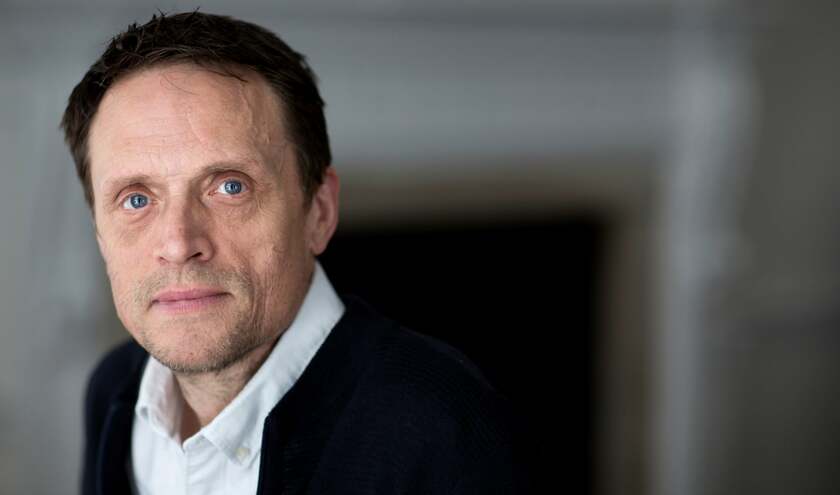he boards of both the NHS Confederation and NHS Providers have now, as you will be aware, formally agreed to merge. There is more work to be done to launch the new organisation in the new year, but there has been rapid progress since the summer when NHS Providers chief executive Daniel Elkeles and I first agreed to respond to member demand and approach our chairs with the case for change. It shows what can be achieved through a combination of recognising necessity, trust, goodwill, skill and investment in change.
If only reform in the service felt as possible. Leaders have now had some time to digest NHS England's medium-term planning framework. The document aims to bridge the gap between the imperatives of short-term performance and financial management and the need for longer-term transformation, as well as providing clarity on the many areas of ambiguity created by the 10-Year Health Plan. On these criteria, it's getting mixed reviews.
The fact that the guidance is for three years, and that it has come out so early is welcome, as is the apparent de-prioritisation of some of the less credible ideas in the Government's 10-Year Health Plan. However, without financial allocations it is hard to know how realistic the plan's stretching targets are, while it is also inevitable that it will be substantially updated next year and the year after.
Many difficult issues are deferred. The framework promises a further 21 documents that will make things clearer and join the dots and national policy makers are putting much hope into the operating model ‘archetypes' promised in the plan. These are supposed to offer vivid and mobilising models for a new NHS.
The word ‘archetype' derives from the Greek meaning ‘original pattern'. But the concept is most associated with Swiss psychiatrist Carl Jung. Jung believed that certain symbolic patterns are part of humanity's collective consciousness.
Health systems have their own archetypes to which we deeply adhere despite the evidence of the complexity and intractability of the real world. Ideals of ‘integration', ‘prevention' and ‘patient centred care' are aspects of the collective consciousness of policy making and practice.
The forthcoming archetype documents could help to drive change. The process of their development is certainly being taken seriously with debate over the range of models and whether, for example, they might include local government being a lead provider for multi-neighbourhood contracts.
While archetypes speak to universal models and ideals, arguably the most striking aspect of our national health service is variation: in legacy, geography, resources, capability, relationships. The erroneous assumption that because something works well in one place it will work everywhere has been one of the curses of NHS policy making.
The advocacy of different operating models should include criteria which would help local leaders identify which is most suited to their circumstances along with providing maximum scope for local partners to work in ways best suited to them.
Also, and relatedly, the support given to systems and places needs not only to be tailored to their resources and aspirations but also to be co-designed by them. Peer learning and support sets will be much more valuable if they bring together places with similar potential trajectories.
Most importantly, the broad strokes of archetypes need to be accompanied by the tools that enable change. This doesn't just mean more documentation. I understand there is concern in the centre of Government about the quality of policy making in DHSC and NHSE, where it can feel like quantity sometimes exceeds quality.
This is partly about flexibility over the national targets and funding frameworks that have scuppered previous programmes of local innovation (see, for example, the lessons of STPs of a decade ago). But it is also about the skills and resources (for example actuarial data) needed to construct contracts that incentivise change, share risk and shift patterns of care. The centre needs to be better at removing the barriers it puts in the way of change and focussing its resources where it can genuinely add value.
Describing the future can be helpful. Enabling that future is what matters.



